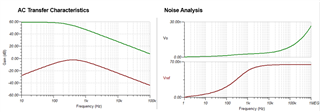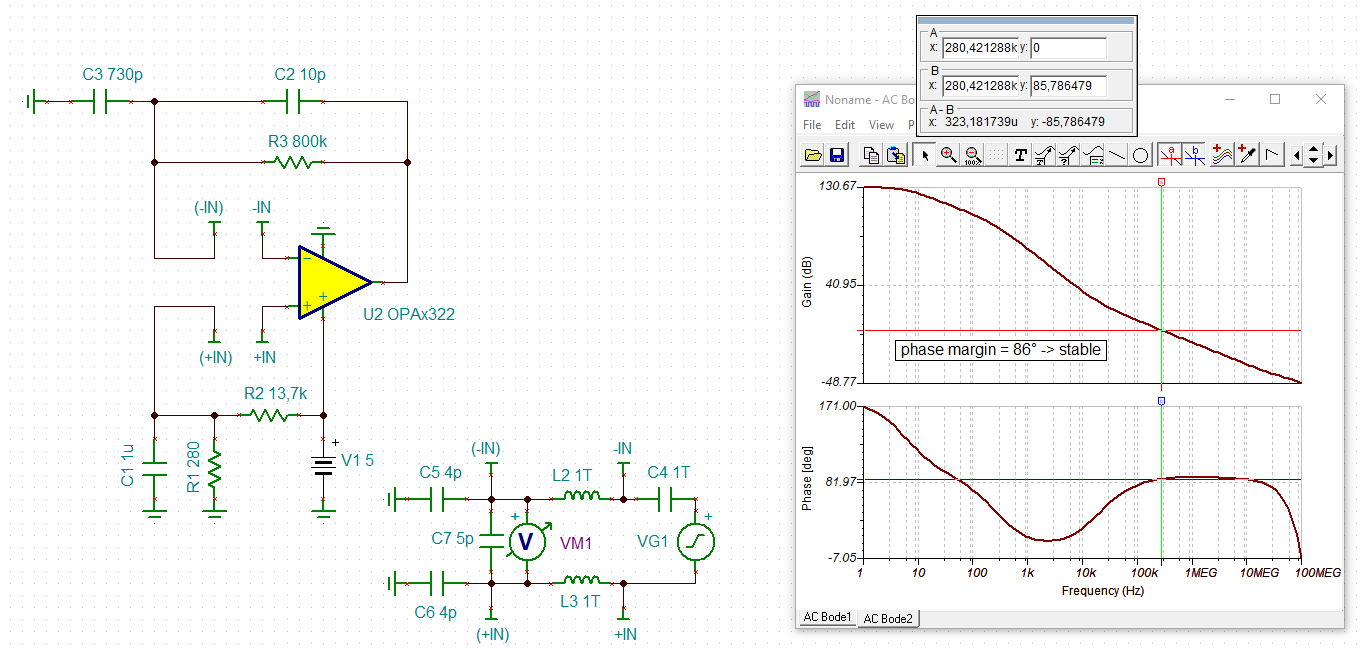Other Parts Discussed in Thread: TINA-TI
Hi,
Please see my below design and suggest is there any improvements required.
The photo diode used in this design is MPN : S2386-5K from Hamamatsu.
Will it work properly for very low currents in pA range ?
I am calculating the output voltage using : Vout = (Iin*R1)*Vref. is this correct ?
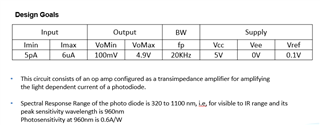
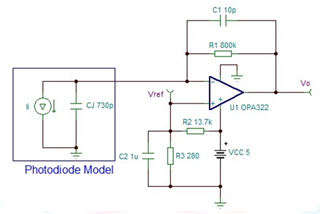
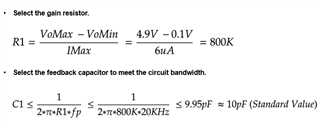
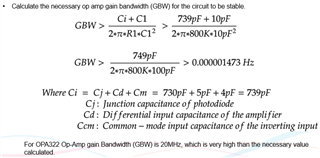
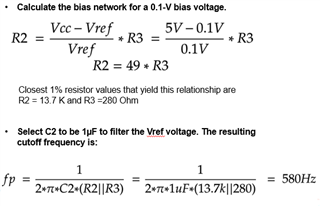
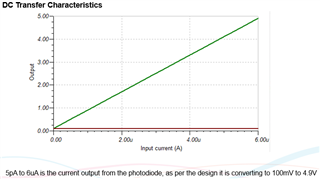
Regards,
Sebastian


